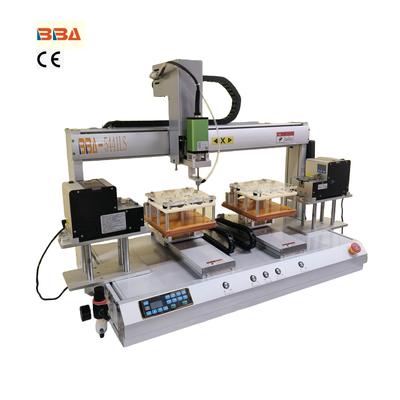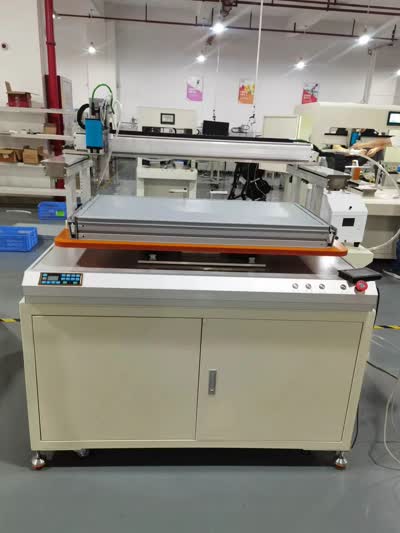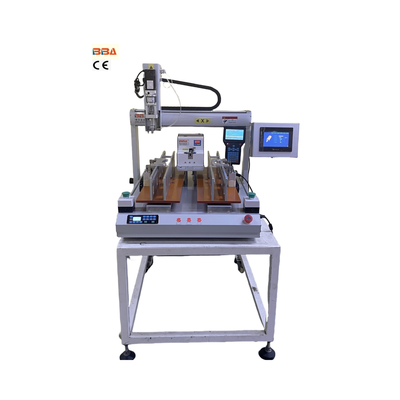Automatic Screw Locking Machines for Labor Cost Reduction in Manufacturing
| Product Name | Applicable industries |
| Automatic Screw Feeder | Medical Device Manufacturing |
In today's competitive manufacturing landscape, reducing operational costs while maintaining high productivity is a top priority for many businesses. One area where significant improvements can be made is in the assembly process, specifically in screw fastening operations. Automatic screw locking machines have emerged as a powerful solution to cut labor costs, enhance efficiency, and improve consistency. Here’s how these innovative systems are transforming production floors and delivering tangible financial benefits.
Manual screw fastening is a time-consuming and labor-intensive task. It requires operators to handle screws, align them correctly, and fasten them using handheld tools. This process is not only slow but also prone to errors, such as cross-threading, over-tightening, or under-tightening. These mistakes can lead to product defects, rework, and wasted materials. Moreover, repetitive manual tasks can cause worker fatigue, leading to decreased productivity and increased risk of injury. By replacing manual screw driving with automated systems, manufacturers can significantly reduce the need for human intervention in these routine operations.
Automatic screw locking machines streamline the fastening process by feeding, driving, and tightening screws with precision and speed. These systems are designed to handle a wide range of screw types and sizes, making them versatile for various applications. Once integrated into an assembly line, they can operate continuously with minimal supervision, allowing workers to focus on more value-added tasks. This shift not only boosts overall output but also reduces the number of operators required for screw fastening, directly lowering labor expenses.
Another key advantage is the consistency and reliability of automated screw locking. These machines are programmed to apply the exact torque and depth required for each screw, ensuring uniform quality across all products. This eliminates variability and defects associated with manual work, reducing scrap rates and warranty claims. Improved product quality enhances customer satisfaction and brand reputation, while also cutting costs related to repairs and returns.
In addition to direct labor savings, automatic screw locking machines contribute to better resource allocation. Employees previously assigned to repetitive fastening jobs can be reassigned to roles that require critical thinking, problem-solving, or supervision. This optimizes workforce utilization and can lead to further operational improvements. Additionally, automated systems can work at higher speeds than humans, increasing throughput without adding extra shifts or overtime pay.
Finally, the long-term financial impact of adopting automatic screw locking machines is substantial. While the initial investment may seem significant, the return on investment is quickly realized through reduced labor costs, higher productivity, fewer errors, and lower operational risks. Companies can also stay competitive by responding faster to market demands and scaling production efficiently. As industries continue to embrace automation, integrating such technologies becomes essential for sustainable growth and cost management.
In summary, automatic screw locking machines offer a practical and efficient way to reduce labor costs in manufacturing. By automating repetitive and error-prone tasks, businesses can achieve greater efficiency, consistency, and savings, empowering them to thrive in a dynamic economic environment.



